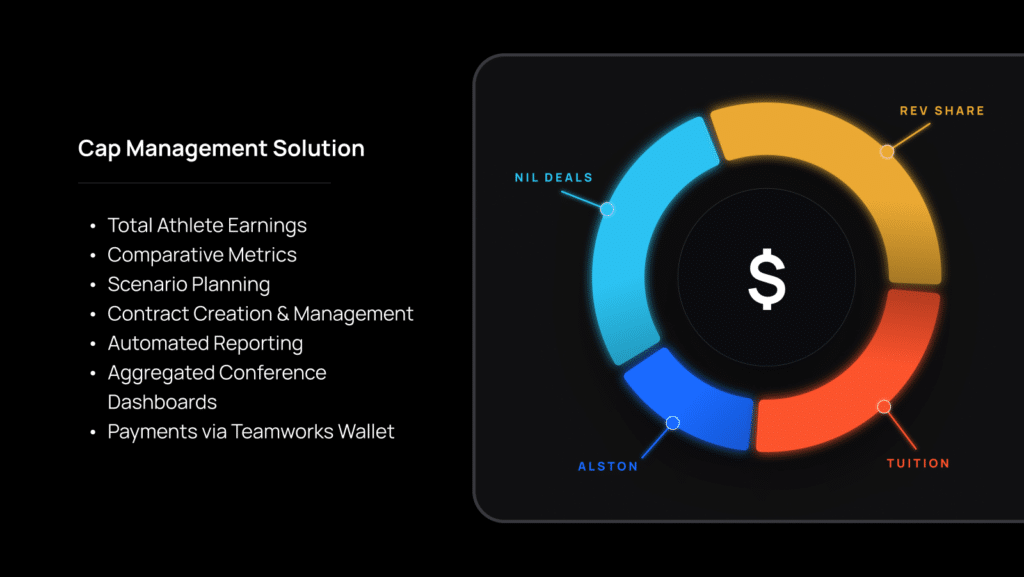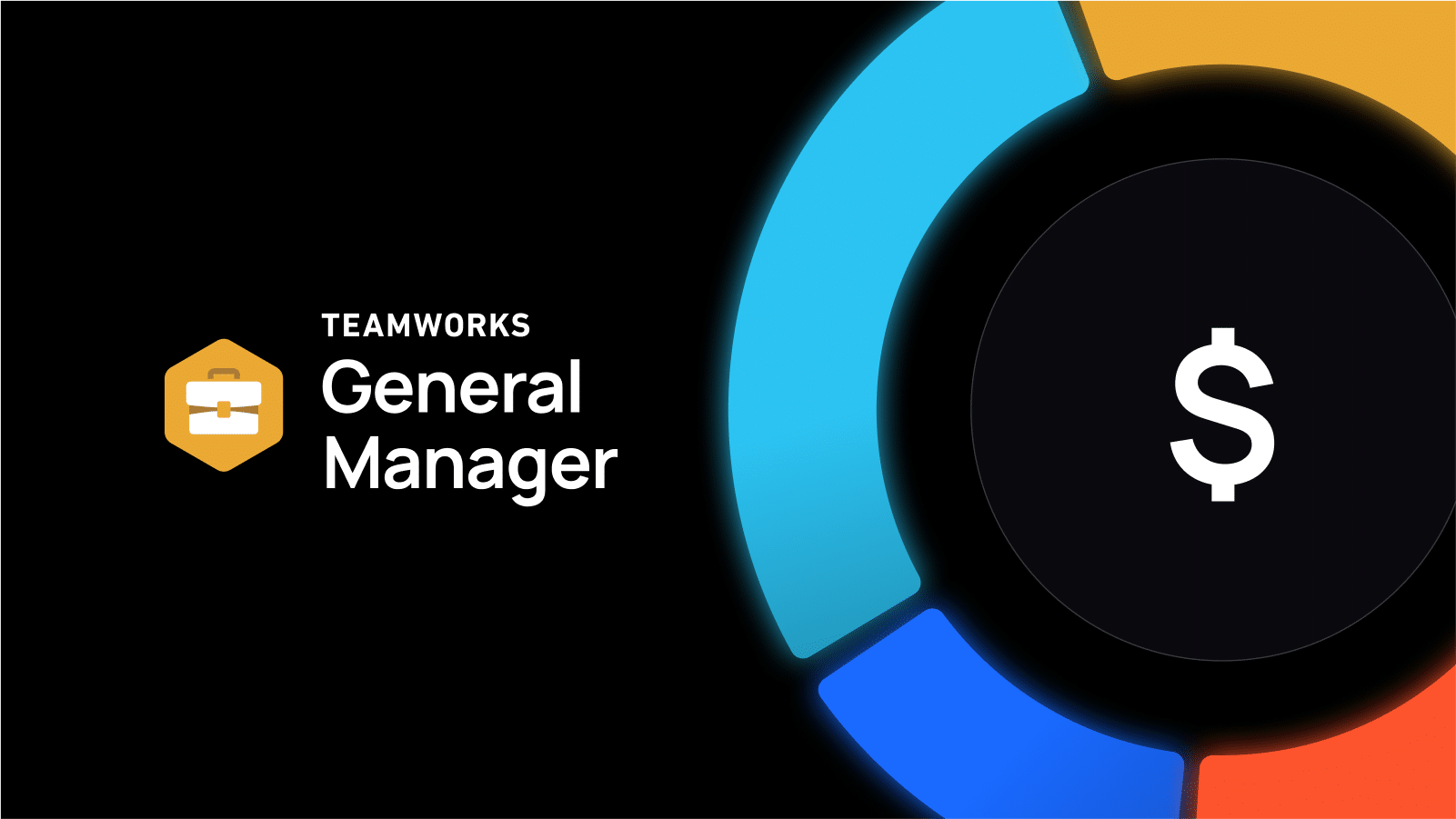Cap management has long been an aspect of professional sports, and now it’s making its way into collegiate athletics. While it may seem at first glance that the technology and methodologies used in the pros can seamlessly translate to the collegiate level, the truth is there are key nuances that differentiate how cap management operates in each market. Understanding these distinctions is essential for effectively navigating the new world of financial oversight in collegiate athletics.
In professional sports, teams focus primarily on salary caps, negotiating player contracts, and adhering to league-imposed financial constraints. The primary objective is to maximize player value and output within a fixed budget, leading to a straightforward financial structure.
Conversely, collegiate sports present a more complex landscape for managing total compensation in the following ways:
- Multiple Sources of Compensation: Schools must consider Total Athlete Earnings (TAE), encompassing scholarship allocations, NIL deals, endorsement money, revenue sharing, per diem payments, and other cost of attendance sources.
- Larger Scale: Athletic departments manage several hundred athletes across multiple sports and teams, all at different stages of their respective seasons, significantly increasing the complexity of financial oversight.
- More Stakeholders: Beyond the school, student-athletes, and their agents, numerous other parties influence student-athlete compensation. This includes the federal government (via Title IX and financial aid), the NCAA, conferences, brands, collectives, and internal compliance departments.
- Less Mature Market: The rapidly evolving collegiate landscape, driven by NIL and revenue sharing, lacks established best practices and standard operating procedures. This makes it crucial to implement flexible solutions that can adapt to ongoing changes.
Institutions must navigate this nuanced environment, where regulations and opportunities are constantly shifting, making cap management a particularly intricate endeavor.
Given these differences, it’s clear that collegiate athletic departments require specialized tools tailored to their unique financial ecosystems. Teamworks General Manager (GM) is a distinctly positioned solution designed specifically for the complexities of cap management in collegiate sports. Leveraging our deep expertise in the unique needs and challenges faced by collegiate organizations, Teamworks GM offers a comprehensive approach that focuses on the entirety of athlete earnings. By providing a robust framework for managing rev share, scholarships, NIL deals, and endorsement income, our solution empowers schools to optimize their financial strategies and ensure compliance, all while supporting the success of their athletes.

To learn how Teamworks is helping athletic departments navigate the nuances of cap management and prepare for the next era of collegiate sports, contact Teamworks today.
